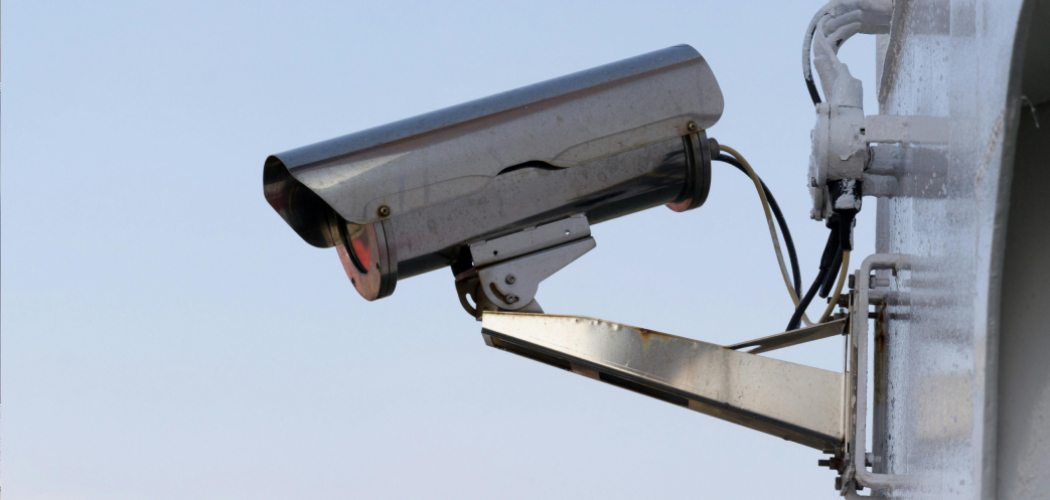Using your mobile phone as a CCTV camera without internet access can be a convenient and cost-effective solution for home surveillance or monitoring purposes. Whether you want to keep an eye on your pets while you’re away or monitor activity in a specific area of your home, repurposing your smartphone as a CCTV camera can provide added security and peace of mind.
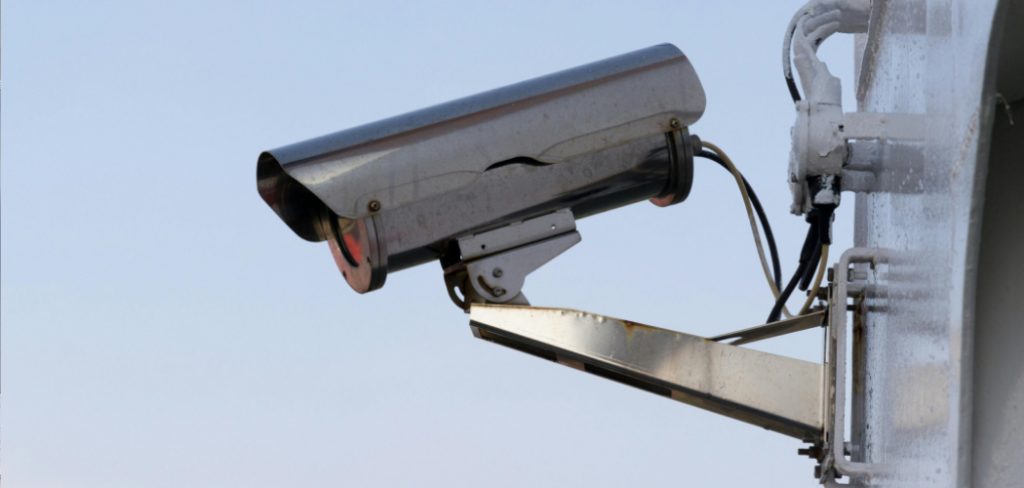
In this article, we’ll explore various methods for how to use mobile as CCTV camera without internet connection. From setting up a direct Wi-Fi connection to using specialized apps with offline recording capabilities, you’ll learn how to harness the power of your smartphone for surveillance purposes even when internet access is unavailable.
The Increasing Demand for Home Security Solutions
The increasing demand for home security solutions is driven by the growing need for personal safety and the protection of property. In recent years, advancements in technology have made surveillance systems more accessible and user-friendly, prompting homeowners to seek innovative ways to monitor their premises.
This surge in interest is not only a reflection of concerns over crime and unauthorized entry but also a desire for convenience and control over home environments. The idea of utilizing a device as versatile as a mobile phone for security purposes aligns perfectly with this trend, offering a cost-effective, flexible, and readily available option for enhancing home surveillance without the need for complex installations or continuous internet connectivity.
Importance of Utilizing Mobile Devices as CCTV Cameras
The importance of utilizing mobile devices as CCTV cameras extends beyond mere convenience and cost-effectiveness. Firstly, it democratizes access to security, making it possible for individuals and families to safeguard their homes without investing in expensive equipment or subscription services.
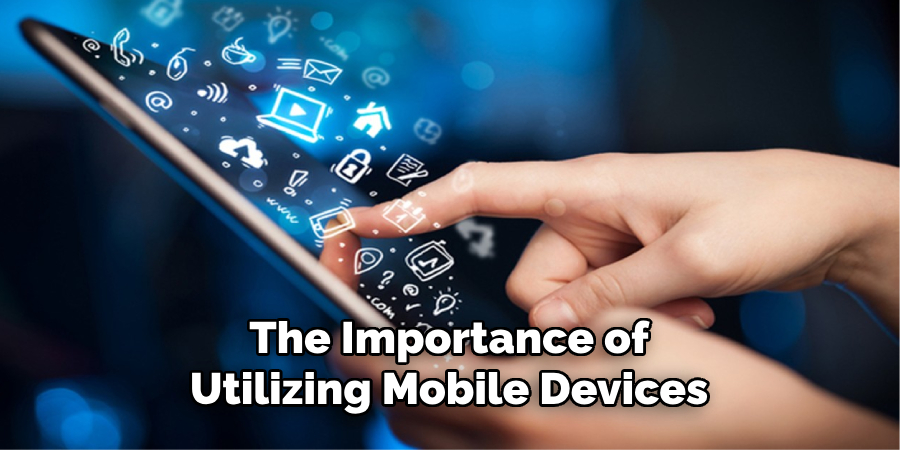
Secondly, the adaptability of mobile phones means they can be placed or moved to different locations as needed, offering flexibility that traditional CCTV systems cannot match. This adaptability is particularly useful in scenarios where surveillance needs are temporary or change over time, such as monitoring construction sites, rental properties, or even keeping an eye on pets and children from different rooms within a home.
Additionally, the use of mobile devices for surveillance taps into the existing potential of smartphones, repurposing technology that many already own and are familiar with, thus reducing waste and promoting a more sustainable approach to home security.
Understanding the Basics
Before delving into the specifics of how to use your mobile device as a CCTV camera without internet, it’s crucial to understand the basic principles that make this possible. The key technology at play here is the ability of smartphones to create a direct, wireless connection to other devices – such as another phone, tablet, or computer – without the need for a live internet connection.
This is typically achieved through Wi-Fi Direct, Bluetooth, or using the device in a ‘hotspot’ mode.
Such configurations allow the transmitting device (your old smartphone turned into a CCTV camera) to send live video feed to the receiving device (your current smartphone, tablet, or computer), enabling real-time monitoring without the internet. It’s important to note that while this setup does not provide remote access from anywhere in the world, like traditional internet-connected CCTV cameras, it does offer a solid solution for on-premise monitoring, which can be essential for immediate security needs and peace of mind.
Understanding these basics will help you better grasp the potential and limitations of using your mobile device as an offline CCTV system.
How Mobile Devices Can Function as CCTV Cameras
Mobile devices function as effective CCTV cameras through several innovative features and apps designed to maximize their built-in hardware. A key component enabling this functionality is the device’s high-quality camera, capable of capturing video footage with considerable clarity, even in low-light conditions.
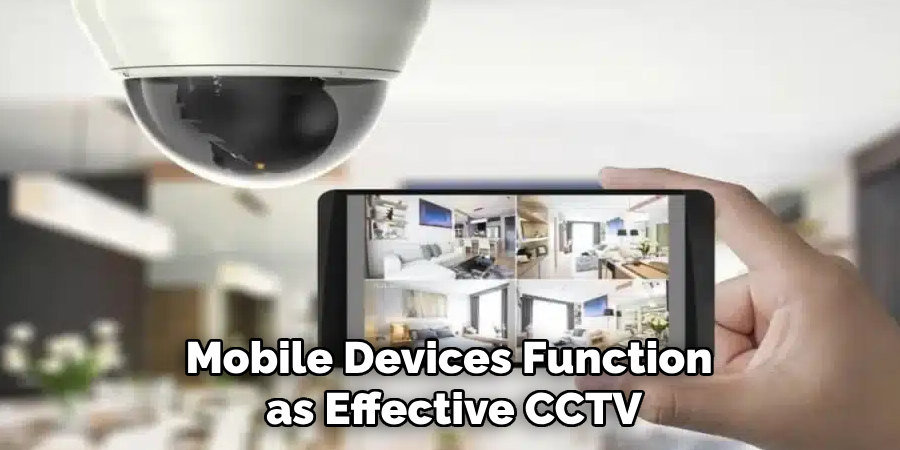
By leveraging the smartphone’s camera along with specific monitoring apps, users can transform their device into a surveillance system without the need for an active internet connection.
Apps designed for surveillance purposes can often record and store video footage directly on the device’s internal storage or an external memory card, ensuring that users can review the footage as needed. Some of these apps also offer motion detection features, which trigger recording only when movement is detected, thus saving storage space and allowing for easier review of potential security incidents.
Furthermore, the touchscreen interface and the processing power of modern smartphones facilitate easy setup and customization of the surveillance system. Users can adjust settings such as video quality, recording length, and motion sensitivity according to their specific needs.
This level of customization, combined with the portability and versatility of mobile devices, makes them an ideal choice for a wide range of surveillance applications, from monitoring your home’s entrance to keeping an eye on different rooms within your property.
In short, the use of mobile devices as CCTV cameras represents a smart and adaptable approach to home security. It utilizes the technology that many people already have in their hands, offering a DIY solution that is both effective and accessible.
Necessary Components and Equipment
To set up your mobile device as a CCTV camera without an internet connection, certain components and equipment are essential. Firstly, you will need two mobile devices – one will act as the camera (the monitoring device) and the other as the monitor (the receiver).
Ideally, the monitoring device should be an old smartphone or tablet that still functions well enough to capture and process video. The receiver device can be your current smartphone, tablet, or computer, which you will use to view the live feed.
Secondly, appropriate surveillance or camera apps capable of offline functionality are crucial. These apps should support direct wireless connections such as Wi-Fi Direct, Bluetooth, or hotspot mode without needing internet access. Research and choose an app that offers the features you need, such as motion detection or continuous recording, and ensure it’s compatible with both of your devices.
Third, consider the power supply. Since the monitoring device will be in constant use, a reliable power source is necessary. A power adapter plugged into a mains outlet is ideal for continuous power, or a high-capacity power bank can be used for temporary setups or in areas without easy access to power outlets.
Lastly, if you intend to mount the monitoring device, you’ll need mounting hardware or a suitable stand. This could range from a simple tripod to more sophisticated mounting brackets designed for smartphones, depending on where and how you wish to install the camera.
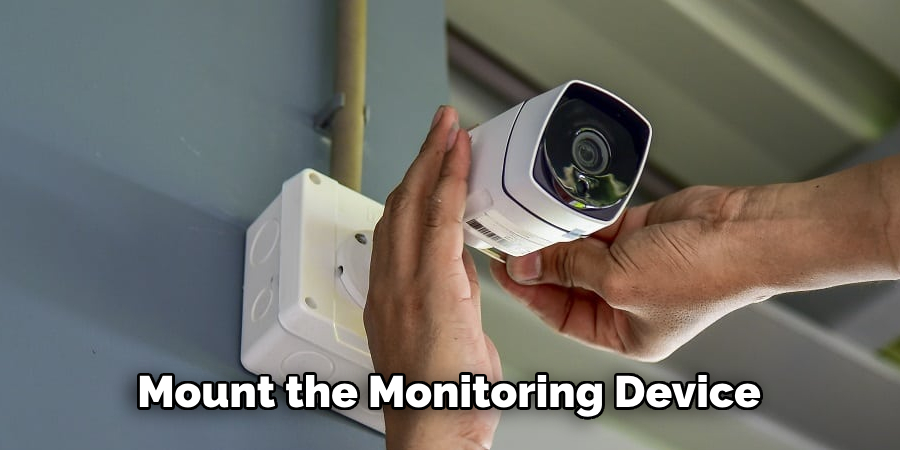
By gathering these components and equipment, you’ll lay a solid foundation for setting up a functional and effective offline surveillance system using your mobile devices.
Advantages of Using Mobile Devices for Home Surveillance
The utilization of mobile devices for home surveillance offers several compelling advantages, making it an attractive option for many homeowners seeking a flexible and cost-effective security solution. Here are some of the key benefits:
- Cost-Efficiency: One of the most significant advantages is the cost savings. Using an existing mobile device negates the need to purchase specialized surveillance equipment. This repurposing of smartphones or tablets as CCTV cameras can substantially reduce the financial burden of enhancing home security.
- Ease of Installation and Use: Setting up mobile devices for surveillance is typically straightforward, requiring minimal technical know-how. Users can easily download and install the necessary apps, position the device where needed, and start monitoring their home without the complexities often associated with traditional CCTV systems.
- Flexibility and Portability: Mobile devices are inherently portable, allowing users to adjust the location of their makeshift CCTV setup as their surveillance needs change. This flexibility is invaluable for monitoring different areas of a home or property over time without additional costs or installation hurdles.
- Access to High-Quality Cameras: Modern smartphones and tablets come equipped with advanced camera technology capable of capturing high-quality video even in low-light conditions. This ensures that the footage recorded is clear and usable for identifying details or individuals if security concerns arise.
- Innovative Features: Many surveillance apps offer features such as motion detection, night vision, and even facial recognition, enhancing the effectiveness of mobile devices as security tools. These features can be customized to meet specific surveillance needs, adding an extra layer of security and peace of mind for homeowners.
- Sustainability: By repurposing older mobile devices as CCTV cameras, homeowners can contribute to environmental sustainability. This approach reduces electronic waste by extending the useful life of smartphones and tablets that might otherwise be discarded.
In sum, using mobile devices for home surveillance presents an accessible, cost-effective, and environmentally friendly alternative to traditional security systems. This method leverages the advanced capabilities of modern smartphones and tablets, offering homeowners a practical and adaptable solution to their safety concerns.
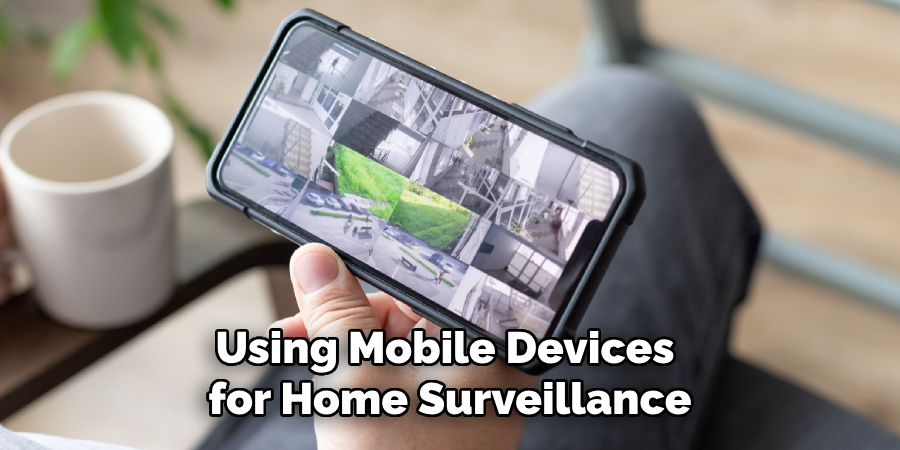
10 Methods How to Use Mobile as Cctv Camera without Internet
Direct Wi-Fi Connection:
Many modern smartphones allow you to create a Wi-Fi hotspot, which can be used to connect other devices, such as laptops or tablets, to the phone’s internet connection. To use your mobile as a CCTV camera without internet, set up your smartphone as a Wi-Fi hotspot and connect a secondary device, such as a tablet or computer, to the hotspot network.
Then, install a surveillance app on your smartphone and configure it to stream video to the connected device via the local Wi-Fi network. This method allows you to monitor live footage from your smartphone without requiring internet access.
Local Network Connection:
Another option for using your mobile as a CCTV camera without internet is to connect both the surveillance camera (your smartphone) and the monitoring device (e.g., a computer or tablet) to the same local network. This could be a home or office Wi-Fi network or a wired Ethernet network.
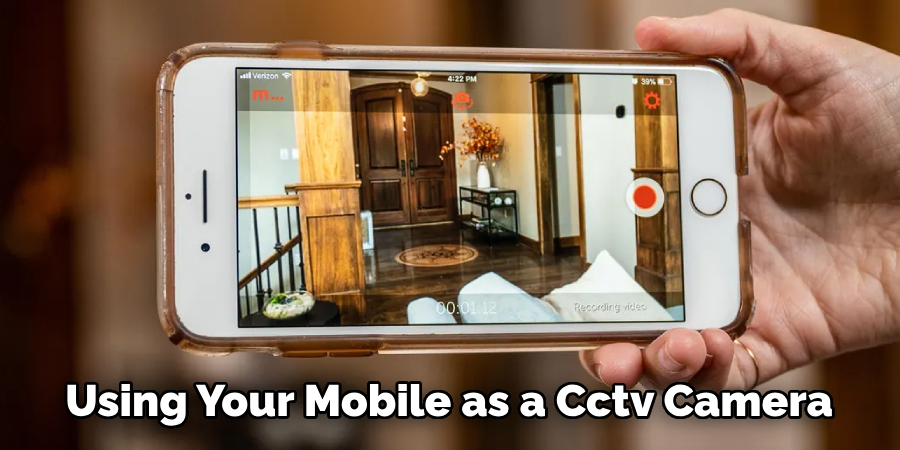
Once connected, install a surveillance app on your smartphone and configure it to stream video over the local network. The monitoring device can then access the live footage from the smartphone within the same network. This method is ideal for situations where internet access is unavailable but a local network is present.
Bluetooth Connection:
Some surveillance apps support Bluetooth connectivity, allowing you to stream video from your smartphone to a nearby device without internet access. To use this method, pair your smartphone with a Bluetooth-enabled device, such as a computer or tablet, and install a compatible surveillance app on both devices.
Configure the app on your smartphone to stream video over Bluetooth, and the monitoring device will be able to receive and view the live footage. Keep in mind that Bluetooth connections have limited range compared to Wi-Fi or cellular connections, so this method is best suited for short-range monitoring.
USB Connection:
If your smartphone supports USB tethering, you can connect it directly to a computer or other monitoring device using a USB cable. Once connected, install a surveillance app on your smartphone and configure it to stream video over the USB connection. The monitoring device can then access the live footage from the smartphone via the USB connection.
This method provides a stable and secure connection between the two devices and is ideal for situations where Wi-Fi or Bluetooth connections are not available or reliable.
Local Recording:
Some surveillance apps offer offline recording capabilities, allowing you to record video directly to your smartphone’s internal storage or a removable SD card. To use this method, install a surveillance app on your smartphone and configure it to record video locally. Place your smartphone in the desired location for monitoring and let it record video continuously or based on motion detection triggers.
You can then access the recorded footage directly from your smartphone without requiring internet access. This method is useful for capturing footage for later review or evidence purposes.
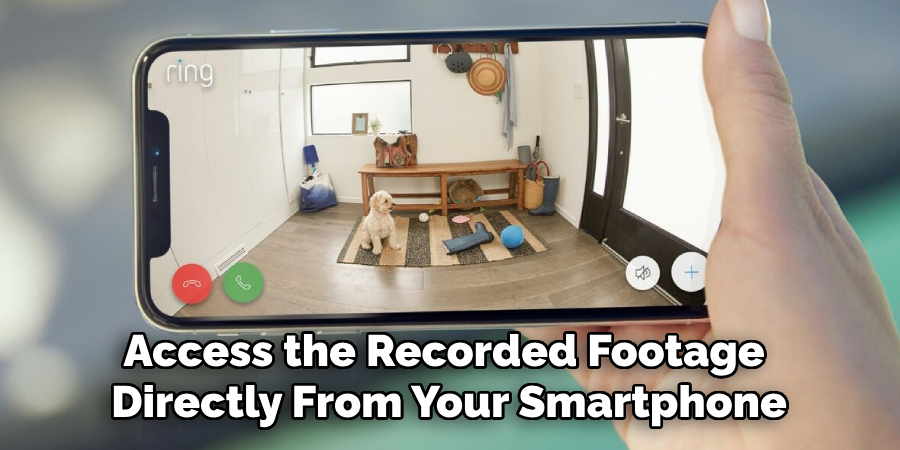
Motion Detection Alerts:
Another useful feature offered by many surveillance apps is motion detection alerts. These alerts notify you whenever motion is detected in the monitored area, allowing you to respond quickly to potential security threats or incidents.
To use this method, install a surveillance app on your smartphone and configure it to send motion detection alerts to your device. You can then receive real-time notifications whenever motion is detected, even without internet access. This feature is especially useful for monitoring outdoor areas or locations with limited visibility.
Scheduled Recording:
Some surveillance apps allow you to schedule recording sessions at specific times or intervals, providing continuous monitoring of the desired area. To use this method, install a surveillance app on your smartphone and configure it to record video according to a predefined schedule. You can set up recording sessions to start and stop at specific times of the day or night, ensuring comprehensive coverage of the monitored area.
Scheduled recording is ideal for situations where continuous monitoring is required but internet access is unavailable.
Remote Access via LAN:
If you have access to a local area network (LAN) with multiple connected devices, you can use remote access features to view live footage from your smartphone on other devices within the same network. To use this method, install a surveillance app on your smartphone and configure it to enable remote access via LAN.
Then, use a compatible monitoring device, such as a computer or tablet, to access the live footage from your smartphone within the same network. This method allows you to monitor your smartphone’s camera feed from multiple devices without requiring internet access.
QR Code Scanning:
Some surveillance apps offer QR code scanning capabilities, allowing you to quickly and easily connect your smartphone to a monitoring device without the need for manual configuration. To use this method, install a surveillance app on both your smartphone and the monitoring device and generate a QR code within the app on your smartphone.
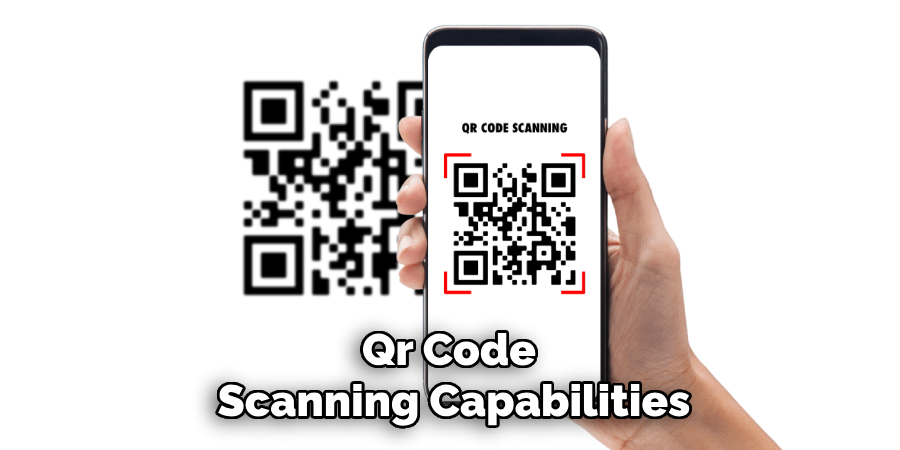
Then, use the monitoring device to scan the QR code, which will automatically establish a connection between the two devices. This method simplifies the setup process and is ideal for users who are not familiar with network configuration settings.
Local Storage Backup:
To ensure that recorded footage is not lost in the event of a smartphone malfunction or loss, consider backing up locally stored recordings to an external storage device or cloud storage service.
Some surveillance apps offer automatic backup features that allow you to upload recorded footage to a cloud storage service or transfer it to a removable SD card for safekeeping. By backing up your recordings, you can preserve valuable evidence and maintain continuity of surveillance operations, even without internet access.
Conclusion
In conclusion, transforming your mobile device into a CCTV camera without internet connectivity offers a cost-effective and versatile solution for home surveillance. By following the step-by-step guide and considerations outlined in this article, individuals can harness the power of mobile technology to enhance their security and peace of mind.
Whether it’s monitoring your home while you’re away, keeping an eye on pets or children, or safeguarding valuable belongings, mobile CCTV offers flexibility and convenience. With the right setup, including dedicated surveillance apps, storage options, and power sources, anyone can create a DIY home surveillance system tailored to their needs. Thanks for reading, and we hope this has given you some inspiration on how to use mobile as cctv camera without internet!

